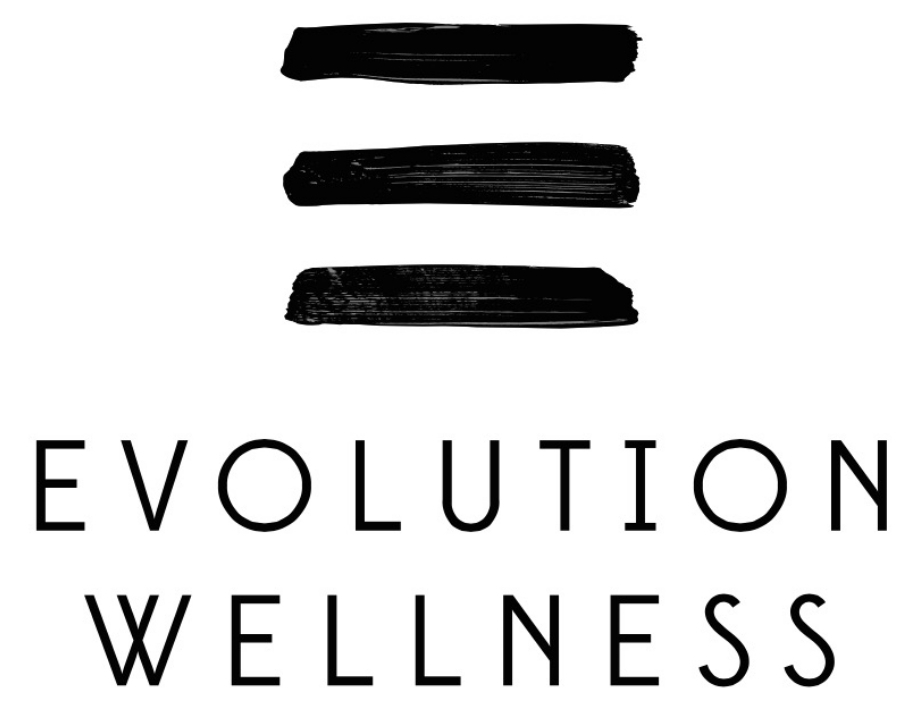Understanding How Acupuncture Works: A Brief Biomedical Perspective
/Acupuncture has been used for thousands of years to promote health and treat various conditions. While traditionally explained in terms of energy flow and meridians, modern research has shed light on the biomedical mechanisms behind acupuncture's effectiveness.
Neural and Neurochemical Effects: Acupuncture stimulates sensory nerves beneath the skin, which transmit signals to the central nervous system. This stimulation triggers the release of various neurochemicals, such as endorphins, serotonin, and adenosine, which play vital roles in pain modulation, mood regulation, and overall well-being.
A study published in Neuroscience Letters demonstrated that acupuncture activates the release of endogenous opioids, including endorphins. These natural pain-relieving substances bind to opioid receptors in the brain and spinal cord, reducing pain perception and promoting a sense of well-being.
Another study published in Molecular Pain showed that acupuncture induces the release of adenosine, an anti-inflammatory and pain-relieving substance. Adenosine has been found to inhibit nociceptive (pain) signaling and reduce inflammation in the body.
Modulation of Hormones: Acupuncture has been shown to influence neurotransmitter and hormone levels in the body. These chemical messengers play critical roles in regulating bodily functions and emotions.
A systematic review published in Acupuncture in Medicine indicated that acupuncture may influence hormonal levels, including cortisol, a stress hormone. The review highlighted the potential of acupuncture to regulate the hypothalamic-pituitary-adrenal axis, which plays a role in stress response and overall physiological balance.
Local Microcirculatory Effects: Acupuncture can enhance blood circulation in the areas being treated. Improved blood flow delivers oxygen, nutrients, and immune cells to the tissues, promoting healing and tissue regeneration.
• A study published in Evidence-Based Complementary and Alternative Medicine reported that acupuncture stimulation induces vasodilation, widening blood vessels and increasing blood flow to the treated areas. This enhanced circulation can facilitate tissue repair and pain reduction.
Ready to try it? David Blatt, LAc, offers acupuncture for pain relief, stress reduction, and much more at his City Park location. Anticipate at least 3-5 treatments to see notable results. Schedule now.
References:
Han JS. Acupuncture: neuropeptide release produced by electrical stimulation of different frequencies. Trends Neurosci. 2003;26(1):17-22. doi:10.1016/S0166-2236(02)00006-1
Goldman N, Chen M, Fujita T, et al. Adenosine A1 receptors mediate local anti-nociceptive effects of acupuncture. Nat Neurosci. 2010;13(7):883-888. doi:10.1038/nn.2562
Zhao ZQ. Neural mechanism underlying acupuncture analgesia. Prog Neurobiol. 2008;85(4):355-375. doi:10.1016/j.pneurobio.2008.05.004
Pomeranz B, Cheng R, Law P. Acupuncture reduces electrophysiological and behavioral responses to noxious stimuli: pituitary is implicated. Exp Neurol. 1977;54(1):172-178. doi:10.1016/0014-4886(77)90176-5
Liu W, Wang ZB, Zhang LC, Wei XH, Li ZQ, Wang Y. The effect of acupuncture on the secretion of neurotransmitters and hormones and on the regulation of blood flow in tissues. Acupunct Med. 2009;27(6):221-226. doi:10.1136/aim.2009.001977
Kim TH, Lee MS, Kim KH, Kang JW, Choi TY, Ernst E. Acupuncture for treating acute ankle sprains in adults. Cochrane Database Syst Rev. 2014;(6):CD009065. doi:10.1002/14651858.CD009065.pub2
Li Q, Shi GX, Xu Q, Wang J, Liu CZ, Wang LP. Acupuncture effect and central autonomic regulation. Evid Based Complement Alternat Med. 2013;2013:267959. doi:10.1155/2013/267959


